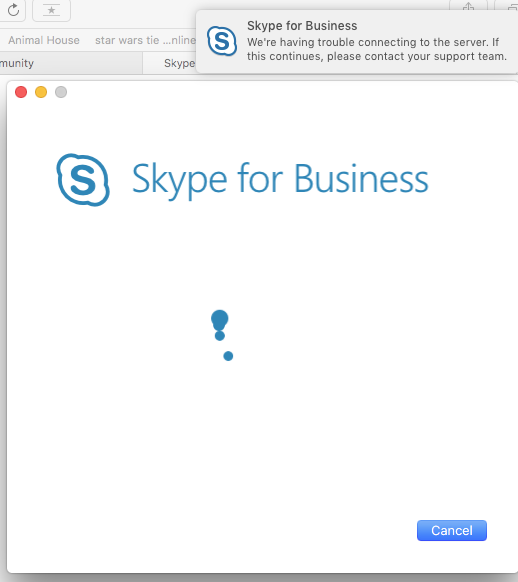CTRL+SHIFT+TAB Note: Tab to previous script works when you have only one Windows PowerShell tab open, or if you have more than one Windows PowerShell tab open, and the focus is in the Script Pane. Keyboard shortcuts for customizing the view. (Windows key + Q does the same thing.) Windows key + C: Open Cortana in listening mode (similar to saying 'Hey. Ctrl + Shift + Left or Right: Move cursor left or right one word and select text.
Following are some useful keyboard shortcuts for Microsoft Word forWindows. To generate a complete list of keyboard shortcuts for Word,see Generating a commands list.
Change or resize the font
Ctrl-Shift-f | Change the font |
Ctrl-Shift-p | Change the font size |
Ctrl-Shift-. (period) | Increase the font size |
Ctrl-Shift-, (comma) | Decrease the font size |
Ctrl-] | |
Ctrl-[ | Decrease the font size by 1 point |
Ctrl Shift Enter Administrator
Apply character formats
Ctrl Shift Shortcuts
Ctrl-d | Change the formatting of characters (i.e., the Font..command from the Format menu) |
Shift-F3 | Change the case of letters |
Ctrl-Shift-a | |
Ctrl-b | Apply bold formatting |
Ctrl-u | Apply an underline |
Ctrl-Shift-w | Underline words but not spaces |
Ctrl-Shift-d | Double-underline text |
Ctrl-Shift-h | Apply hidden text formatting |
Ctrl-i | Apply italic formatting |
Ctrl-Shift-k | |
Ctrl-= (equal sign) | Apply subscript formatting(automatic spacing) |
Ctrl-Shift-= (equal sign) | |
Ctrl-Spacebar | Remove manual character formatting |
Ctrl-Shift-q |
View and copy text formats
Ctrl Shift F9 Word
Ctrl-Shift-8 | |
Shift-F1, then click within the text where you wantto review formatting | Review text formatting |
Ctrl-Shift-c | Copy formats |
Ctrl-Shift-v | Paste formats |
Set line spacing
Ctrl-1 | Single-space lines |
Ctrl-2 | Double-space lines |
Ctrl-5 | Set 1.5-line spacing |
Ctrl-0 (zero) |
Align paragraphs
Ctrl-e | Center a paragraph |
Ctrl-j | Justify a paragraph |
Ctrl-l | Left align a paragraph |
Ctrl-r | Right align a paragraph |
Ctrl-m | |
Ctrl-Shift-m | Remove a paragraph indent from the left |
Ctrl-t | Create a hanging indent |
Ctrl-Shift-t | Reduce a hanging indent |
Ctrl-q | Remove paragraph formatting |
Apply paragraph styles
Ctrl-Shift-s | Apply a style |
Alt-Ctrl-k | Start AutoFormat |
Ctrl-Shift-n | Apply the Normal style |
Alt-Ctrl-1 | Apply the Heading 1 style |
Alt-Ctrl-2 | Apply the Heading 2 style |
Alt-Ctrl-3 | Apply the Heading 3 style |
Ctrl-Shift-l (letter L) | Apply the List style |
Generating a commands list
To generate a complete list of keyboard shortcuts, follow theappropriate steps below.

Control Shift J Not Working
Word 2010 and 2007
- In Word 2010, click File, and then select Options.
In Word 2007, from the Office Button menu, selectWord Options, and then Popular.
- In Word 2010, click Customize Ribbon. From the list onthe right side, check Developer, and then click OK.
In Word 2007, select Show Developer tab in the Ribbon, andthen click OK.
- Select the Developer tab, and then select Macros.
- From the 'Macros in:' drop-down list, select Word commands.
- From the 'Macro name:' list, select ListCommands.
- Click Run.
- In the
List Commandsdialog box, choose eitherCurrent menu and keyboard settings or All Wordcommands. - Click OK.
Word 2003 and older
- From the Tools menu, select Macro, and thenMacros...
- From the 'Macros in:' drop-down list, select Word commands.
- From the 'Macro name:' list, select ListCommands.
- Click Run.
- In the
List Commandsdialog box, choose eitherCurrent menu and keyboard settings or All Wordcommands. - Click OK.

Control Shift J Not Working
Word 2010 and 2007
- In Word 2010, click File, and then select Options.
In Word 2007, from the Office Button menu, selectWord Options, and then Popular.
- In Word 2010, click Customize Ribbon. From the list onthe right side, check Developer, and then click OK.
In Word 2007, select Show Developer tab in the Ribbon, andthen click OK.
- Select the Developer tab, and then select Macros.
- From the 'Macros in:' drop-down list, select Word commands.
- From the 'Macro name:' list, select ListCommands.
- Click Run.
- In the
List Commandsdialog box, choose eitherCurrent menu and keyboard settings or All Wordcommands. - Click OK.
Word 2003 and older
- From the Tools menu, select Macro, and thenMacros...
- From the 'Macros in:' drop-down list, select Word commands.
- From the 'Macro name:' list, select ListCommands.
- Click Run.
- In the
List Commandsdialog box, choose eitherCurrent menu and keyboard settings or All Wordcommands. - Click OK.
Cached
The above instructions were adapted from Microsoft Help and Supportarticle 198546.
